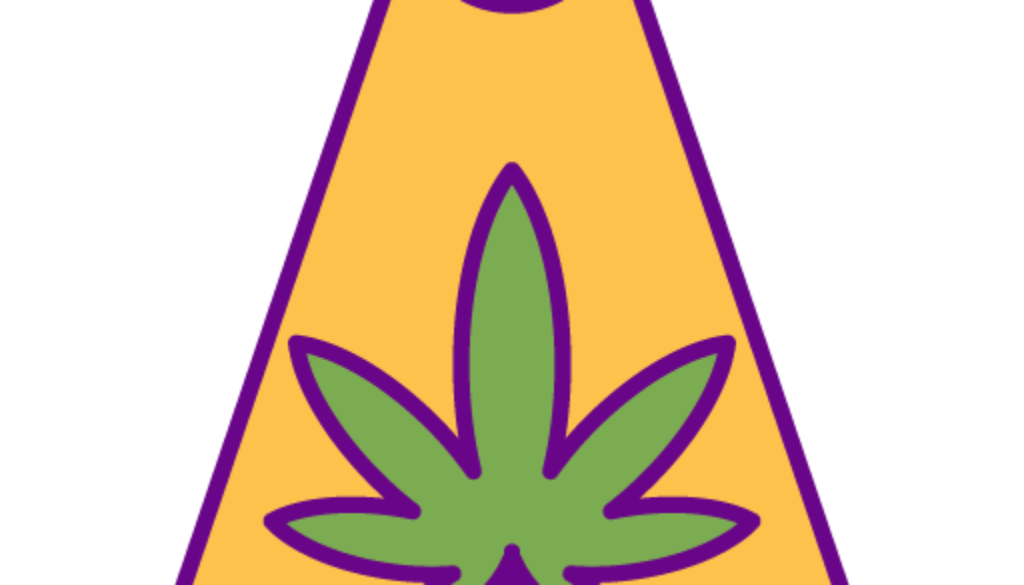Get to Know the Cannabis Plant: Botany for Cannabis Users
Learn about cannabis strains and the difference between hemp and cannabis (marijuana).
Cannabis is a unique and fascinating plant.
While it is best known for its intoxicating properties, the cannabis plant itself has a large range of uses. It can make durable textiles, comfortable clothing, and strong rope, among many other things.
Cannabis used for industrial purposes is called hemp. This term helps distinguish between strains of cannabis grown for their psychoactive properties and those that are destined for industrial use.
While these plants share the same botanical genus, they differ widely from one another in many ways. There is a great deal of variety in cannabis species and individual strains.
A Quick Introduction to Cannabis Botany
In botanical terms, the Cannabis genus contains three separate species:
- Cannabis Indica
- Cannabis Sativa
- Cannabis Ruderalis
Of these three, the Indica and Sativa species are the most valuable. All consumption-grade marijuana and industrial cannabis hemp comes from various strains of these two species.
Cannabis strains represent specific varieties and hybrids of these plants, selectively grown to exhibit certain properties.
It can be helpful to think of cannabis strains the way you might think of dog breeds. There are hundreds of different dog breeds around the world, from the massive Great Dane to the tiny Chihuahua, but they are all part of the same species: Canis Familiaris.
Similarly, every consumable cannabis strain is a particular “breed” of Cannabis Indica, Cannabis Sativa, or some combination of the two. These differences go beyond the common distinction between indica vs. sativa.
The Anatomy of the Cannabis Plant
Like all living things, the cannabis plant has a specific organic structure. Over time, years of selective breeding have produced plants with bigger, more active THC-containing structures than industrial hemp.
Beware – some of these structures have complicated Greek names. They were first identified by an Ancient Greek philosopher named Theophrastus, now considered the “Father of Botany.” Modern science has inherited his legacy and continues to use the words he used.
- Calyx means “husk” or “pod” in Greek. The flowering top of the female cannabis plant has the highest concentration of THC. This is the mature bud of the plant commonly harvested for smoking.
- Trichomes translate to “tiny hairs.” They are but resin-filled glands that cover the surface of the calyx. This is where the plant produces the majority of its THC and other cannabinoids.
- Sugar Leaves refer to smaller leaves tightly enfolding the calyx. These contain a moderate amount of cannabinoids.
- Fan Leaves are the characteristic marijuana leaves that jut out from the plant to collect all-important sunlight. They contain high amounts of chlorophyll and fewer cannabinoids, making them less valuable to consumers.
- Pistil, meaning “pestle,” refers to the orange-colored hairs female plants use to collect pollen. They contain no THC.
- Stalk. The main “trunk” of the cannabis plant contains a little bit of THC but is not generally considered a high-value part of the cannabis plant.
Will Hemp Get Me High?
Since hemp refers to a strain of cannabis that contains very little THC, the question “will hemp get me high” has a simple answer: No, it won’t. Hemp-containing products (like granola, baked goods, and various cereals) are safe to eat without any risk of getting high.
Sources:
https://www.foodanddrinkresources.com/wp-content/uploads/2019/02/Hemp-CBD-Marijuana-Chart-FDR.jpg
https://greenkong.com/wp-content/uploads/2020/02/hempvsmj.jpg
https://i1.wp.com/scng-dash.digitalfirstmedia.com/wp-content/uploads/2017/06/untitled-1.png
Lorem ipsum dolor sit amet, consectetur adipiscing elit. Maecenas tempor turpis ut feugiat lacinia. Donec sed dolor dapibus, posuere sapien id, auctor magna.
